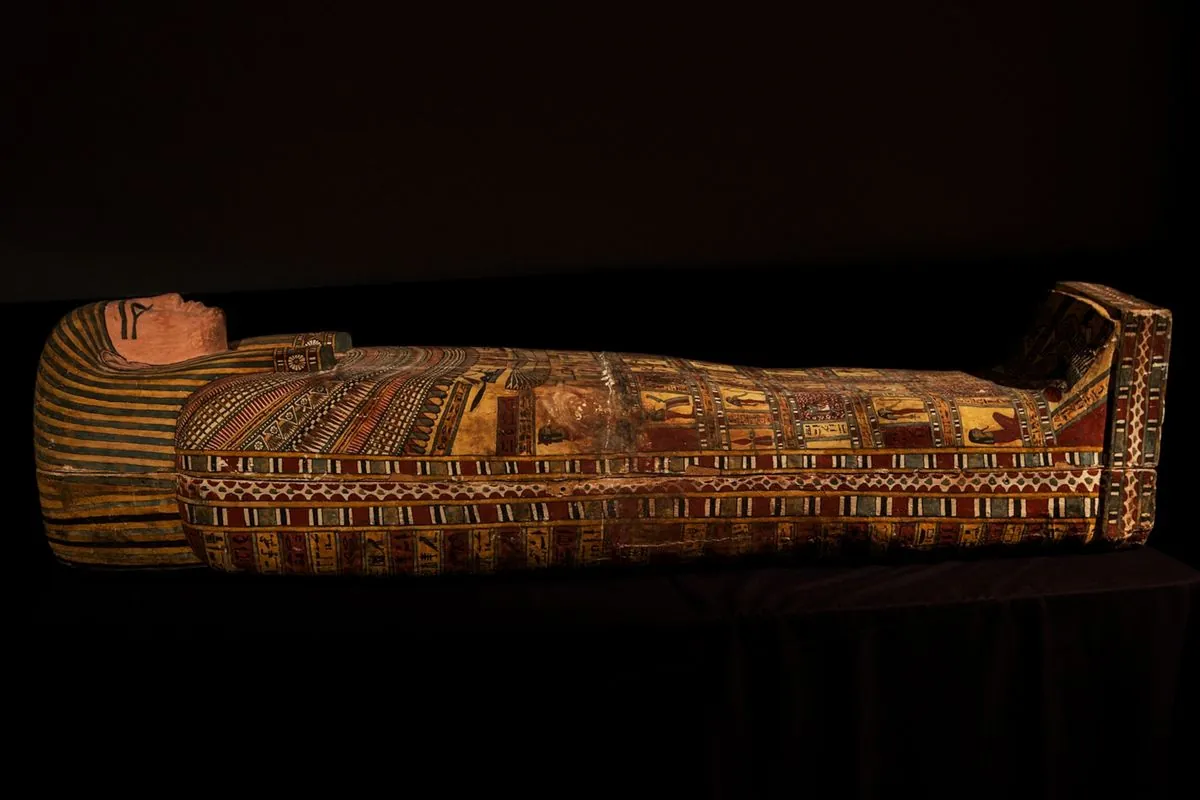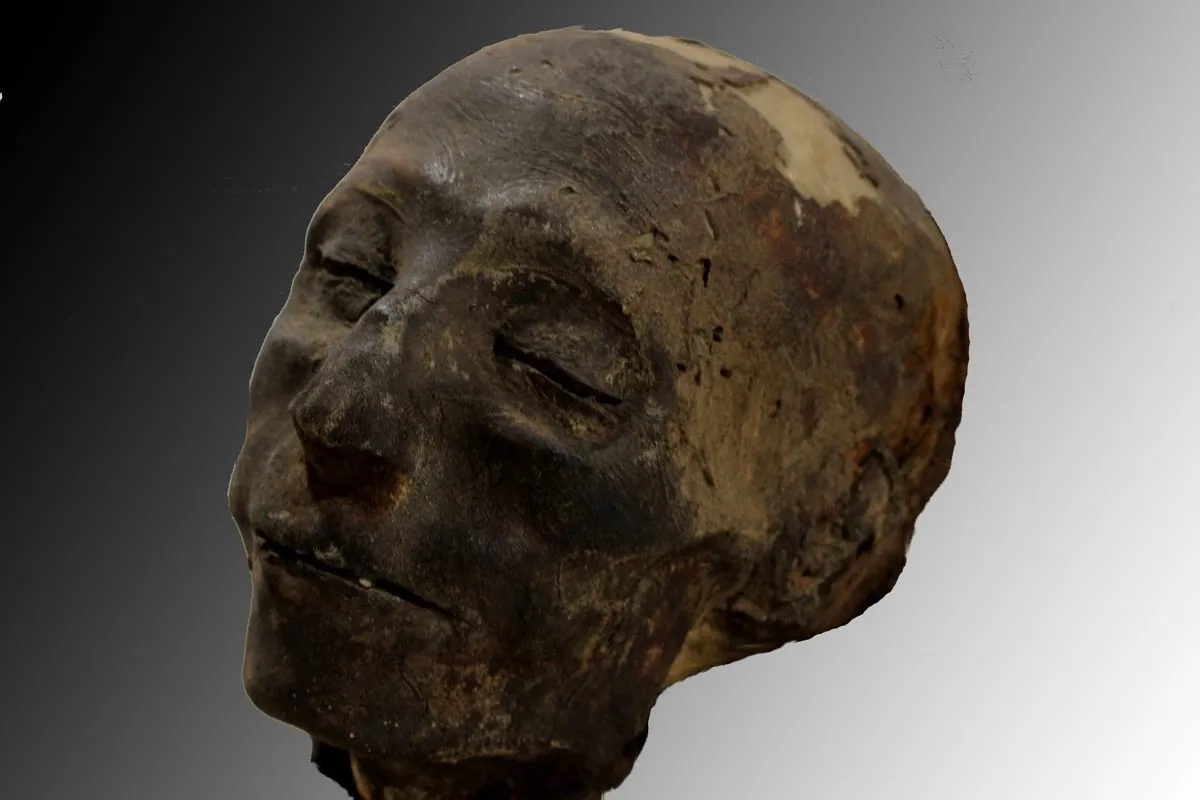Egypt Reclaims Ancient Artifacts from the Netherlands in Anti-Smuggling Effort
Egypt has successfully recovered three smuggled ancient artifacts from the Netherlands, including a mummified head and rare figurines. This repatriation is part of Egypt's ongoing efforts to combat antiquities trafficking.

In a significant development for cultural heritage preservation, Egypt has successfully reclaimed three ancient artifacts that were illicitly removed from the country and discovered in the Netherlands. This recovery is part of Egypt's ongoing campaign to combat the trafficking of stolen antiquities, which has seen the repatriation of over 30,000 artifacts since 2014.
The recovered items include a well-preserved mummified head from the Hellenistic period (323-30 BCE), a ceramic funerary figurine from the New Kingdom era (1550-1070 BCE), and a section of a wooden tomb bearing an inscription of the goddess Isis, dating back to 663-504 BCE. These artifacts are believed to have been unearthed through illegal excavation and subsequently smuggled out of Egypt.

The recovery process involved collaboration between Dutch law enforcement and cultural heritage inspection units. Two of the artifacts were located in an antiques shop, while the mummified head was voluntarily surrendered by a Dutch citizen who had inherited it from a family member.
This repatriation effort highlights several interesting facts about ancient Egyptian culture and modern preservation efforts:
- The Hellenistic period in Egypt began with Alexander the Great's conquest in 332 BCE, marking a significant cultural shift.
- The New Kingdom era saw Egypt reach the pinnacle of its power and wealth, producing numerous artifacts now sought after by collectors.
- Isis was one of the most revered deities in ancient Egyptian religion, often depicted on funerary objects.
- Mummification was a complex process that could take up to 70 days to complete, preserving bodies like the recovered head.
- Ushabti figurines, similar to the recovered ceramic piece, were placed in tombs to serve the deceased in the afterlife.
Egypt's Supreme Council of Antiquities oversees all archaeological activities in the country and has been instrumental in these recovery efforts. The nation's Antiquities Protection Law was updated in 2018 to increase penalties for smuggling, demonstrating Egypt's commitment to protecting its cultural heritage.
"The three artifacts are believed to have been stolen and smuggled after they were discovered through illegal excavation."
This incident is not isolated. Last year, an ancient wooden sarcophagus that was displayed at the Houston Museum of Natural Sciences was returned to Egypt after U.S. authorities determined it had been smuggled years earlier.
The international community has taken steps to address this issue. The Netherlands, for instance, has been a signatory to the 1995 UNIDROIT Convention on Stolen or Illegally Exported Cultural Objects since 2009. Additionally, the International Council of Museums (ICOM) maintains a Red List of Egyptian Cultural Objects at Risk to aid in the identification of potentially smuggled artifacts.
As Egypt continues its efforts to reclaim its cultural heritage, the use of advanced technologies such as CT scans and 3D printing has revolutionized the study and preservation of ancient artifacts, including mummies. These tools allow for non-invasive examination and documentation of recovered items, ensuring their proper care and study for future generations.


































